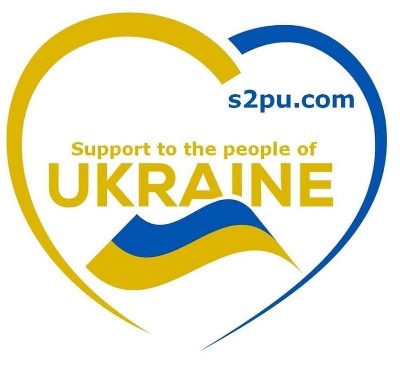The Cossacks
In the 15th century a new martial society—the Cossacks (meaning “adventurer” or “free man”)—was beginning to evolve in Ukraine’s southern steppe frontier. The term was applied initially to venturesome men who entered the steppe seasonally for hunting, fishing, and the gathering of honey. Their numbers were continually augmented by peasants fleeing serfdom and adventurers from other social strata, including the nobility. Banding together for mutual protection, the Cossacks by the mid-16th century had developed a military organization of a peculiarly democratic kind, with a general assembly (rada) as the supreme authority and elected officers, including the commander in chief, or hetman. Their centre was the Sich, an armed camp in the lands of the lower Dnieper “beyond the rapids” (za porohy)—hence, Zaporozhia (in contemporary usage, Zaporizhzhya).
The Cossacks defended Ukraine’s frontier population from Tatar incursions, conducted their own campaigns into Crimean territory, and, in their flotillas of light craft, even raided Turkish coastal cities in Anatolia. The Polish government found the Cossacks a useful fighting force in wars with the Tatars, Turks, and Muscovites but in peacetime viewed them as a dangerously volatile element. Attempts to control them institutionally and to limit their numbers through an official register created serious discontent among the Cossacks, who increasingly perceived themselves as forming a distinct estate with inherent rights and liberties. Sporadically over a half century starting in 1591, the Cossacks rose up in revolts that were put down only with great difficulty.
In the first half of the 17th century, the Cossacks also became involved in the raging religious conflict. In 1620 the entire Zaporozhian host joined the Kievan Orthodox brotherhood; in the same year, a new Orthodox hierarchy was consecrated in Kiev under their military protection. Thus, in the great religious divide, the Cossacks became identified with staunch support of Orthodoxy and uncompromising opposition to the Uniate church. Under the protection afforded by the Cossacks and the dynamic leadership of a new metropolitan of Kiev, Peter Mogila (Ukrainian: Petro Mohyla), Orthodoxy flourished in Ukraine; it became the driving force behind a cultural revival that included the establishment of the Kievan Mohyla Academy, the first Ukrainian institution of higher learning.
